

Kiev cameras are copies of the excellent Contax II and III camera. The German Zeiss Ikon factories in Dresden and Jena has been dismantled and moved to the Arsenal factory in the Ukranian city of Kiev as part of the war reparations claimed from Germany by the USSR after World War II. A million camera or so have been manufactrured as the Kiev until Mid 1980.
Construction and handling
The Kiev 4 is no Leica of course. The quality control of the Kiev’s factories were definitely not up to what Wetzlar and Solms were able to produce. The body feel still very solid but the lens and the knobs wobble a bit. At least in the one I’ve received (But I’ve heard that this is pretty common with these cameras). Mine came with the usual Jupiter-8 which is a 50mm f/2 lens. I was not expecting too much from this lens … But more on that in the pictures section. Handling the camera is a little particular. As you can see, the rangefinder window is pretty far from the viewfinder and as you can imagine, if you hold the camera in an usual manner, your finger is going to obscure the window. You index finger need to be placed on the wind knob, next to the shutter release. Your second finger on the focusing weel and your third and fourth finger will hold the leatherette beneath the rangefinder window. It’s a little odd at first but I got used to it very quickly.
Loading the film is no pain. It’s a bottom system, with a usual take-up spool (A cassette is available but I didn’t use it …). No problem there. The most painful are the two bottom clips which hold the base. Yes, that’s two. And for a guy who bite his nail, it’s kind of a pain ![]()
I didn’t use the meter, although it looks like it’s working. The needle need to be aligned with the black diamond using the aperture ring and the speed knob on the left. The speed is then reported on the actual shutter knob. Kind of a slow process but I guess it could be helpful if you don’t have an external meter with you. Myself I use a VC II or a Sekonic L-308 so didn’t bother with the internal one. But I’ll verify if it’s calibrated. You never know …
As was a bit disappointed with the viewfinder at first. But it is actually pretty nice and clear ! The patch is a bit small but very useable. I need to verify this statement in really low light. My first pictures where in interior but with some good light. Additional testing will follow. Focusing is relatively smooth and precise. I’m not too found of the infinity lock but I guess this is pretty common with these old lenses.
.
The coated Jupiter-8 50mm f/2. The meter reading on the top of the camera.
The camera with a nice Kodak Hood which fit perfectly
The DOF scale and the hinged metal curtains. Kind of nice actually.
The camera with the photocell cover opened
Picture quality
I was not expecting anything great coming out of this camera. More like Lomo pictures I have to admit. Well the roll came back and I was quite impressed !! I really want to test it in better light. Most of the shots displayed here were taken at 1/60 and between f/2 and f/2.8. The results are very surprising in my opinion !! Color are interesting, contrast while not the greatest is satisfying and the bokeh of the lens is very pleasing ! I think I might actually use this camera more than expected and maybe get more interested in FSU camera a bit more. The good people at http://rangefinderforum.com would say that I might already be doomed and they might foresee plenty of FSU camera in my future ![]() They might be right !! A big thank you to KragMeister from the forum who sold me the camera for a very good price ($85) and to all the people at http://rangefinderforum.com for their sound advises.
They might be right !! A big thank you to KragMeister from the forum who sold me the camera for a very good price ($85) and to all the people at http://rangefinderforum.com for their sound advises.
Here are some pictures taken with this fine camera. Film was Fuji NPZ 800 exposed at 640. Not the greatest artistic pictures but it was a way for me to test the camera.

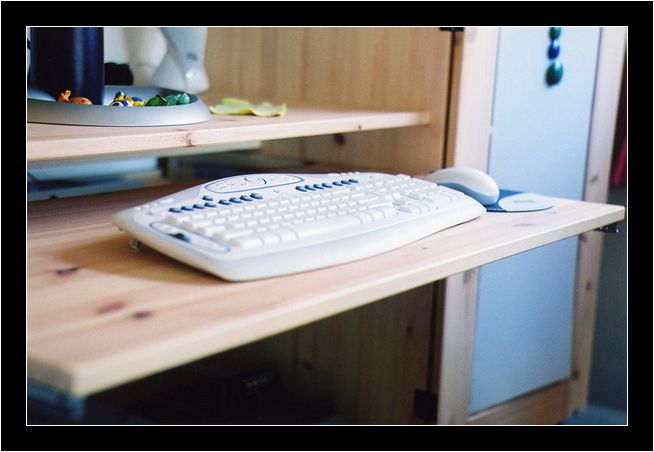


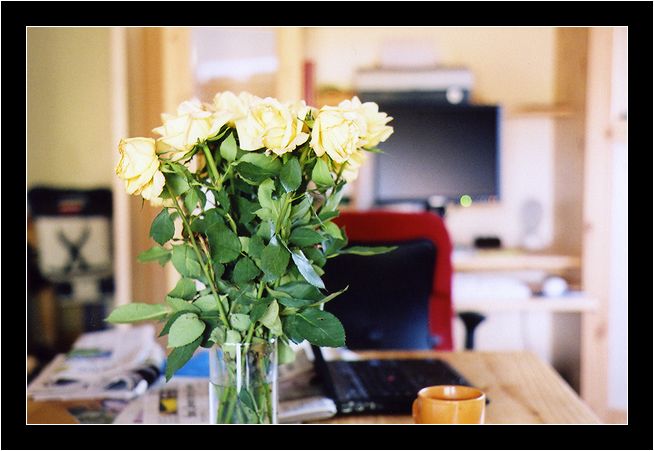
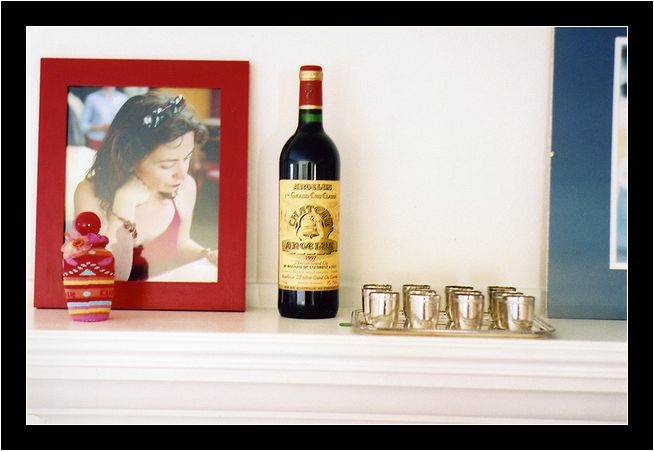
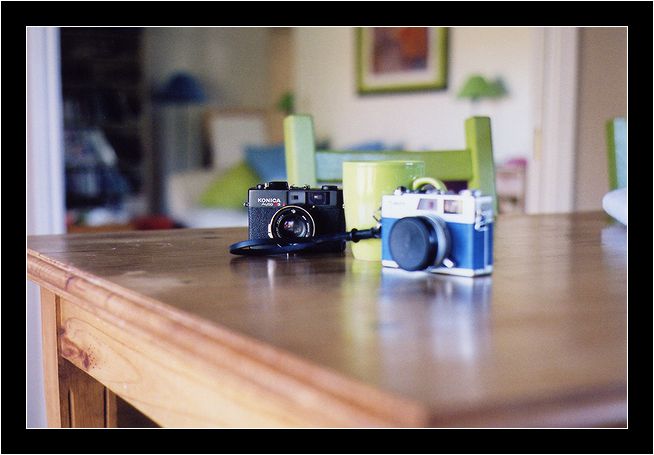
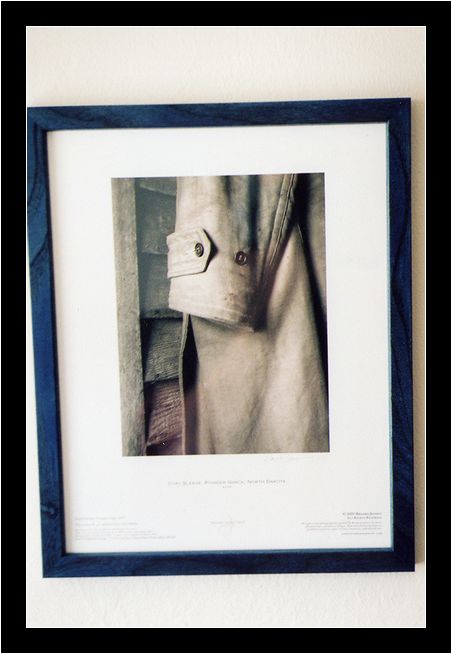
Technorati Tags : Kiev-4,FSU, Jupiter-8,Russian Camera
WordPress database error: [Table '400iso_com.wp_comments' doesn't exist]
SELECT * FROM wp_comments WHERE comment_post_ID = '99' AND comment_approved = '1' ORDER BY comment_date








